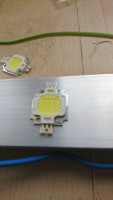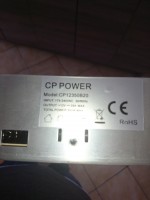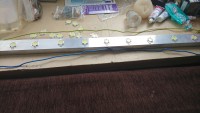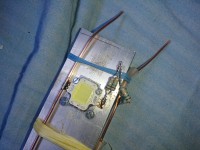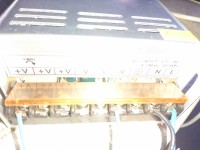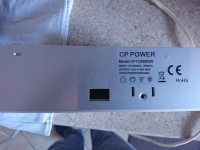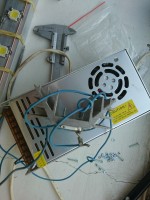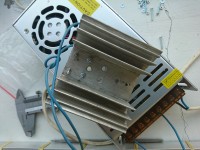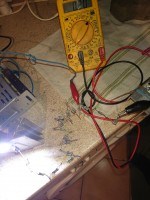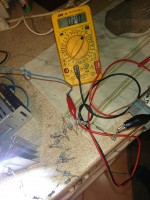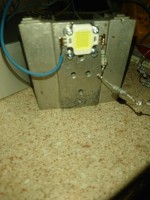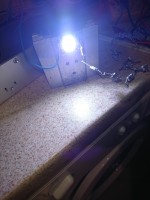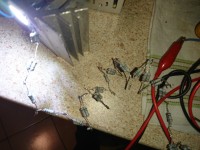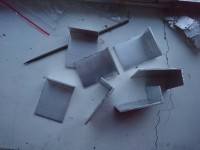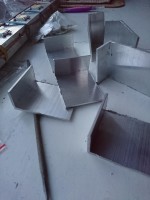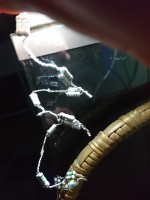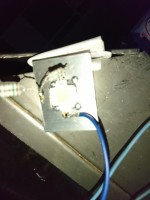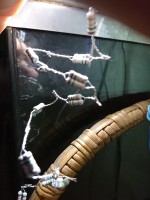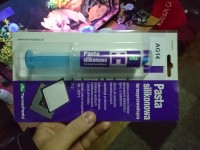smigas wrote: The diode draws 1.16a current at 12.24v. The 0.59v voltage drop diode heats at this voltage maximum high until it fears after about 35s.
12.24V measured on the diode?
1.16A * 12.24V = 14.2W
You overload the diode by more than 40%. Increase the series resistor.
smigas wrote: Voltage drop 0.59v
Is the drop on the resistor?
smigas wrote: How will I give a 2 Ohm 2w resistor the diode gets 0.76a
And what is the tension on it in this case? Assuming that in the worst case the same as before, it emits on it 9.3W - safe value.
smigas wrote: At 20 Ohm and 2w and 11.34 voltage the diode heats up much less so that after 30 min it is slightly warm. The decrease in brightness is small. The current flowing through the diode is 150 ma
At 11.34V and 150mA, 1.7W is separated from the diode. If the drop in light flux is small, then either you are wrong in its subjective assessment (activate for comparison two diodes next to each other) or the diode has already been masked with high currents.
smigas wrote: I am asking for help in choosing the appropriate resistors and power, if a calculator is available or if the experimental one should be selected
This calculator is now built into every operating system (on windows you have calc.exe)

For calculations you need the nominal parameters of the diode - two of three values - power, voltage, current and voltage of the power supply.




